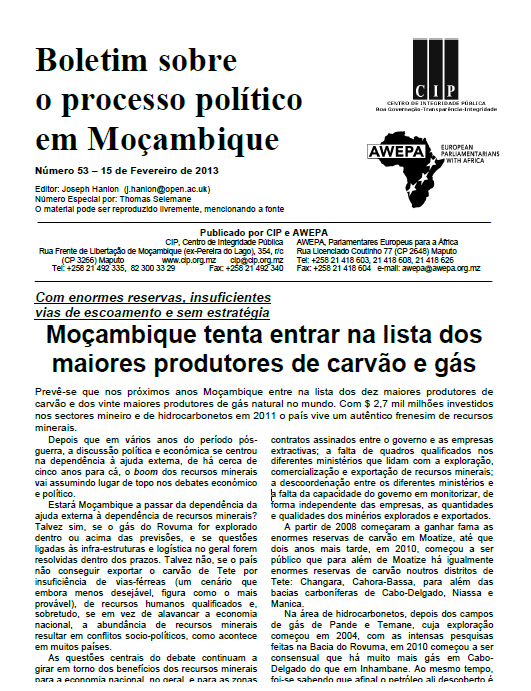Economics of Adaptation to Climate Change : Mozambique, Volume 2. Annexes
This report is part of a broader global
study, the Economics of Adaptation to Climate Change (EACC),
which has two principal objectives: (a) to develop a global
estimate of adaptation costs for informing international
climate negotiations; and (b) to help decision makers in
developing countries assess the risks posed by climate
change and design national strategies for adapting to it.
The purpose of this study is to assist the Government of






